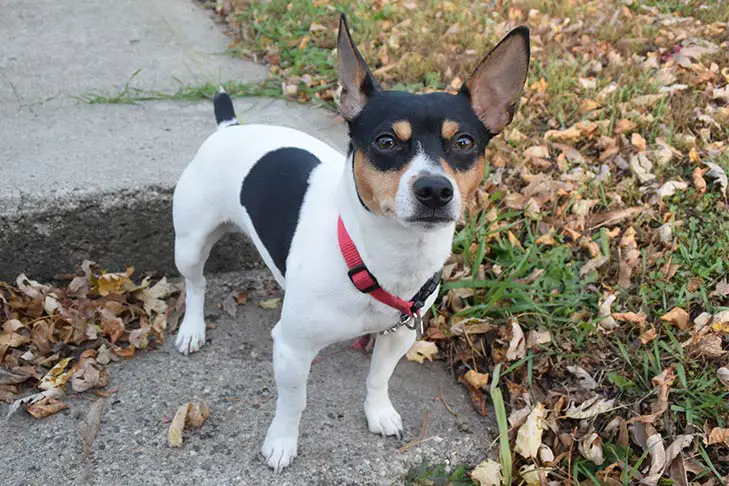With his family, the Teddy Roosevelt Terrier is a playful, affectionate dog who can occasionally act as a one-person dog. The Teddy Roosevelt Terrier gets along well with kids, cats, and other dogs thanks to his strong protective attitude and well-developed pack instincts. His size and stamina make him an outstanding hunter of squirrels and vermin. He is a brave, relentless hunter with seemingly endless vigor.
Teddy Roosevelt Terriers make wonderful house pets. They pick things up quickly and are prepared for any action that their owners do. They still do the task for which they were bred, which is to keep the family farm and house free of rats and mice, but they also do exceptionally well in companion sports like agility and obedience. They interact peacefully with other canines and have kept their prey drive without developing obsessive-compulsive tendencies. They like nothing more than sharing their owners’ affection and company at the end of the day. Teddies may fit into almost any lifestyle, whether you compete in agility competitions, show in conformation rings, or just want a lovely pet for your house or farm. They are appropriate for apartment life as well due to their modest to medium size. This breed excels when living with its human family since it is devoted, energetic, and fun.




 Health
Health Grooming
Grooming Exercise
Exercise Training
Training Nutrition
Nutrition